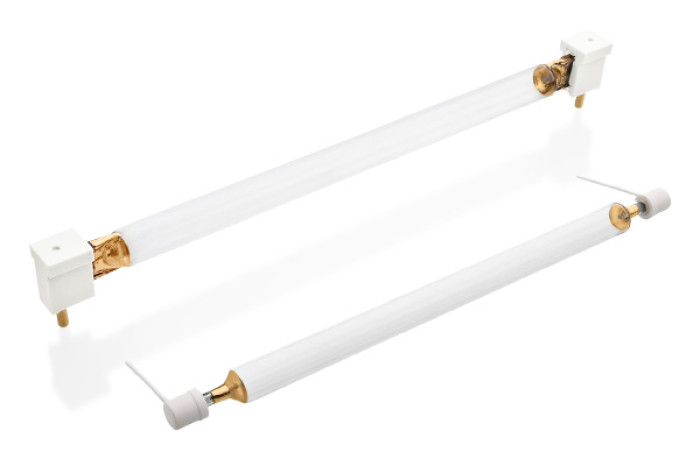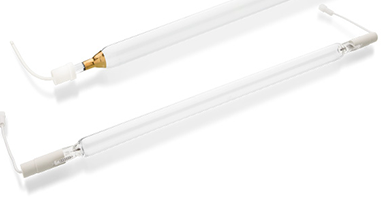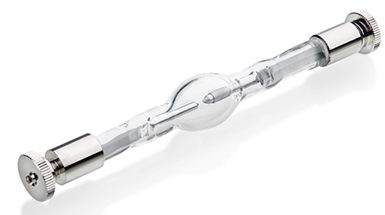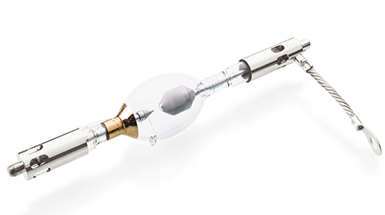UV Lamps

Disinfection and Sterilization
One of the most widespread uses of UV-C lamps is in disinfection and sterilization. UV-C radiation has strong germicidal properties, capable of inactivating bacteria, viruses, and other pathogens by damaging their DNA. This makes UV lamps crucial in hospitals, laboratories, and water treatment facilities, where they are used to sterilize medical instruments, purify water, and disinfect air and surfaces.
Industrial and Commercial Applications
UV lamps have also been widely used in industrial processes such as in the curing of materials like inks, coatings, and adhesives. UV curing accelerates the drying process, enhancing efficiency and product quality. Though lately a transition from conventional UV lamps toward UV LED modules can be seen in this field.
In the food and beverage industry, UV lamps are still widely utilized for sterilizing packaging and extending the shelf life of products, and they are also used to prevent mould growth and the spread of food fungi and yeasts.
UV lamps also play a crucial role in sewer rehabilitation and duct relining: There are lamp types that have been specially developed for trenchless CIPP (Cured-in-Place Piping) relining.
Medical and Scientific Uses
Low wattage lamps are used in fluorescence microscopy and other imaging techniques. Their bright and focused UV light enables detailed observation of microscopic samples in medical and biological research.
High-intensity lamps are used in applications requiring powerful illumination and precision such as used in photolithography, and other scientific applications. They are essential in semiconductor manufacturing and material testing.


